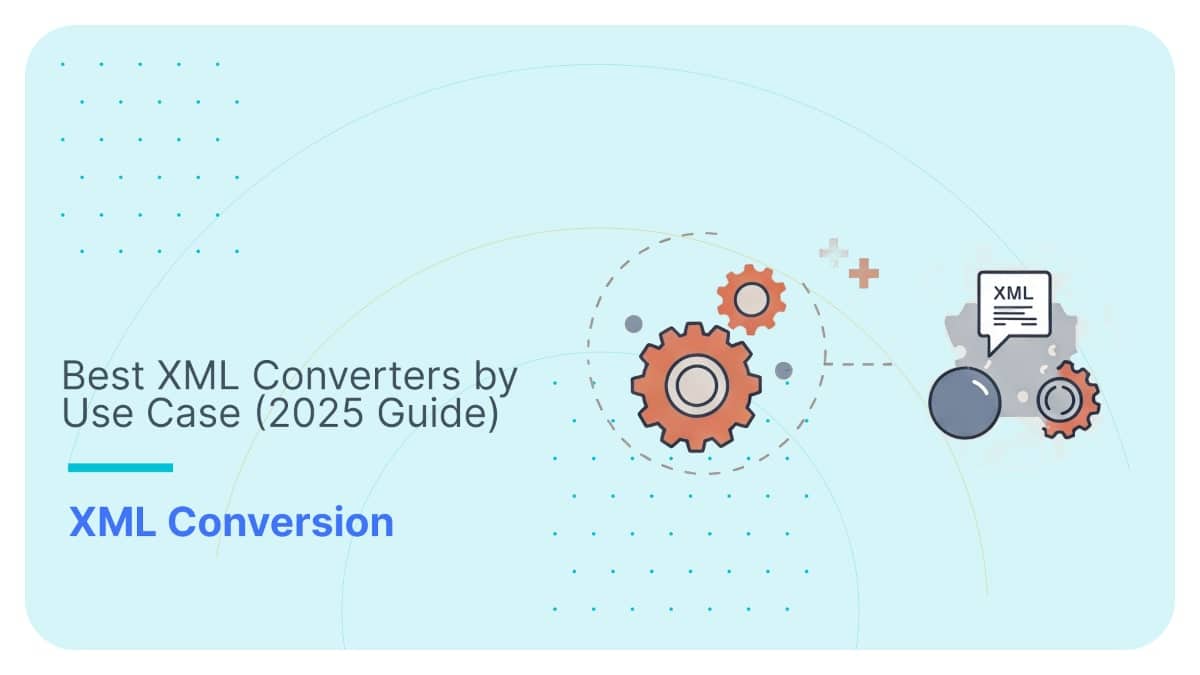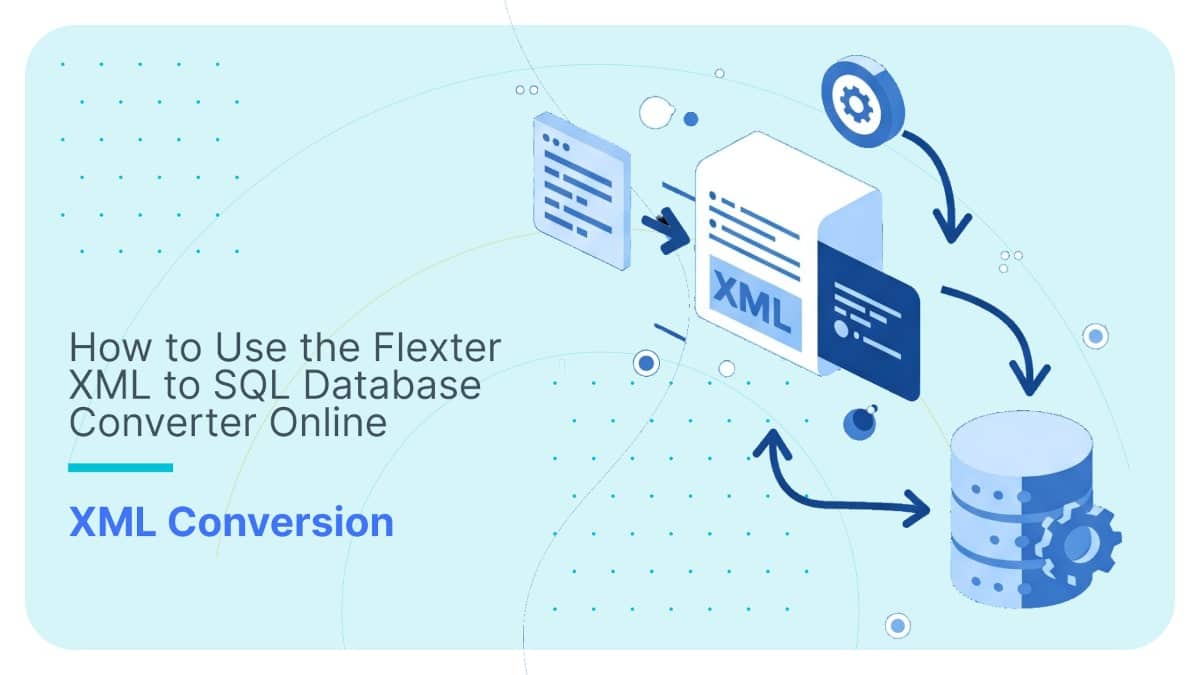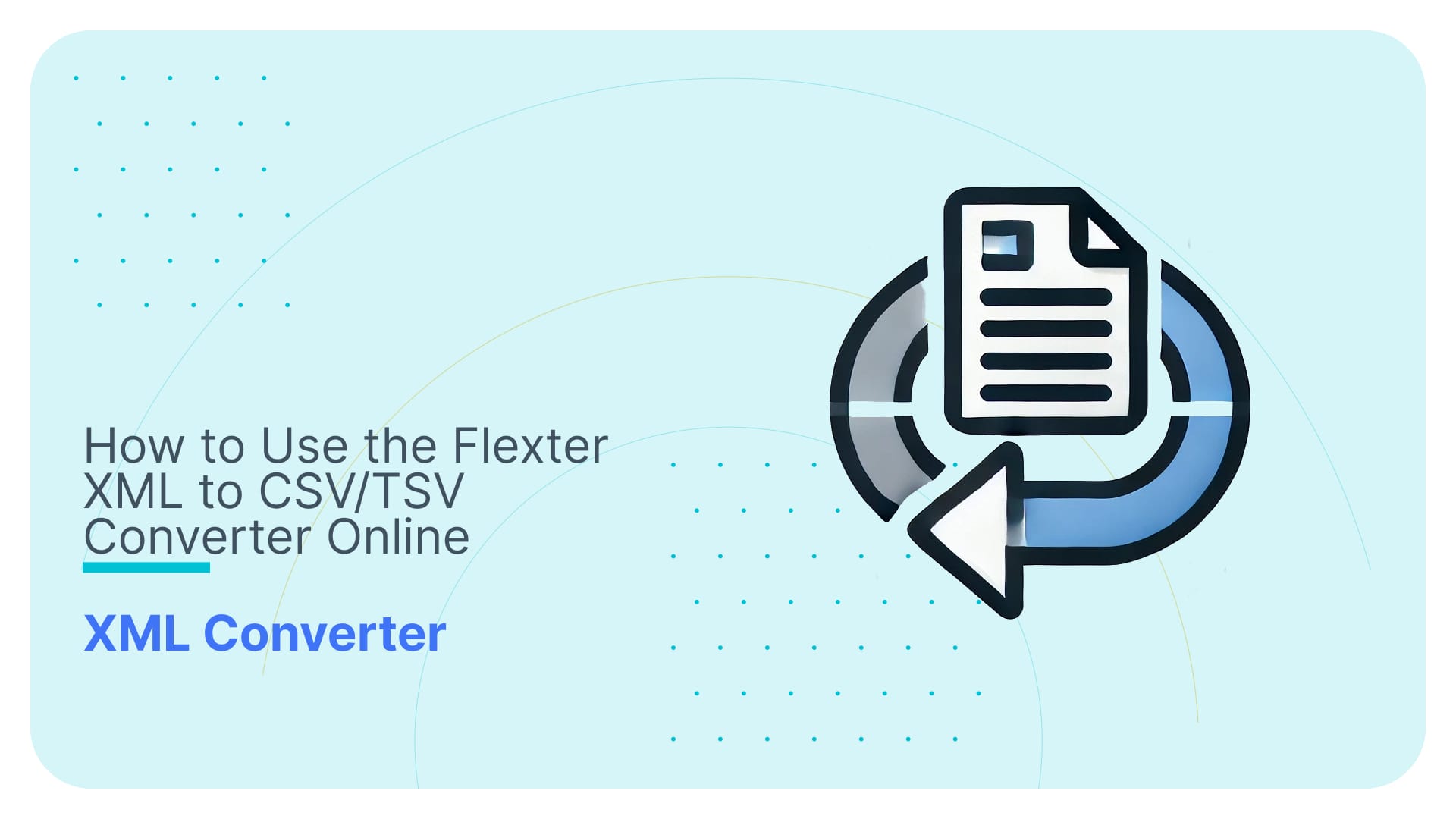The 6 Factors You Need to Get Right to Make Your XML Conversion Project a Success
A successful XML conversion project makes data:
- Intelligible
- Readable, and
- Analysable
Achieve that and decisions can be made quickly on accurate and reliable data.
Unfortunately, many projects fail because of time, resource, or budget restrictions. This is both frustrating and expensive.
Get the following elements right to ensure that you see your project through to a successful end.
Use Flexter to turn XML and JSON into Valuable Insights
- 100% Automation
- 0% Coding
1. Get the right expertise on your team
The key resource on any data project is your people.
You need the help of specialists with the right niche skills, e.g. engineers with XSLT and XPath skills, data architects who design for performance and scale and data analysts with XQuery skills.
2. Design your solution for performance from the start
Delays can be expensive. You want performance from day one.
Don’t make this an afterthought. Plan for it from the start by testing early on in the roll-out process. If you don’t, just when you think you’re finished, you may need to redevelop everything because it is too slow—better to find this out early on than further down the road.
3. Make it scalable
Build scalability into your solution from day one so that growing data volumes don’t give you nightmares further down the road.
Being able to simply scale up your solution to meet growing demands takes the pressure off and keeps budgets and resources more manageable.
4. Optimize the output
The quickest way for a project to fail is if it’s overly complex and people need to jump through hoops to read, analyse, and interpret the data.
You need to simplify the output by optimizing it. Don’t simply create a “readable” database but one that presents the information in an easily digestible way for downstream users for whom time may be precious.
5. Avoid lengthy refactoring
If the XML source data changes, it can derail many XML projects.
Make sure that it doesn’t happen with yours by considering from the beginning how to handle changes to the XML source schemas. This will avoid delays and expenses involved with time-consuming refactoring processes.
6. Create the right documentation
The work you do on your XML project should have value for the business well into the future – perhaps long after you have left it.
With this in mind, make sure that you create documentation such as source to target mappings and ER diagrams for future reference.
Flexter ticks all these checkboxes off the shelf
Flexter is an enterprise-level data warehouse automation solution that covers all the above. It does in minutes what it previously took hours or even days to do manually.
- Automates the conversion of XML to a relational format
- Automatically converts XML documents to all major databases, text (CSV, TSV) or big data formats (ORC, Parquet, Avro, Hive, Impala)
- Automates the ingestion of data from relational databases, e.g. Oracle, SQL Server, MySQL, PostgreSQL, MariaDB etc. to data warehouse platforms such as Snowflake or BigQuery.
- Optimizes the output using inbuilt tools that help present data to downstream decision-makers in an easily analysable format
- Removes the need for expensive data specialists—saving you the time and expense of hiring a team
- Includes automatic updates so, if the XML source schemas change, Flexter can handle it
- Allows continuous testing to ensure project success from the beginning
- Provides rapid response—you can query data in an instant
- No coding skills required
- As a bonus also converts any JSON
If you are considering how to get the six elements detailed above right for your XML project, you can make life much easier by simply considering Flexter.
By using Flexter, you will have access to a smart and scalable solution for automatically un-siloing data and converting it into a readable and easily digestible database for downstream users.
Now—and in the future.
Converting XML is as easy as 1,2,3 with Flexter
Step 1: Let Flexter analyse your XML …and if you have one your XSD schema as well. Flexter diligently goes through your XML to get every single piece of information on hidden relationships, constraints, and data types
Step 2: Let Flexter create a readable target format for you.
Step 3: Convert your XML documents

Auto generated documentation: ER diagram

Auto generated documentation:: data lineage
Are you ready to find out more on Flexter use cases, clients, benefits, features, pricing, options for running a pilot? Book a demo with us.







